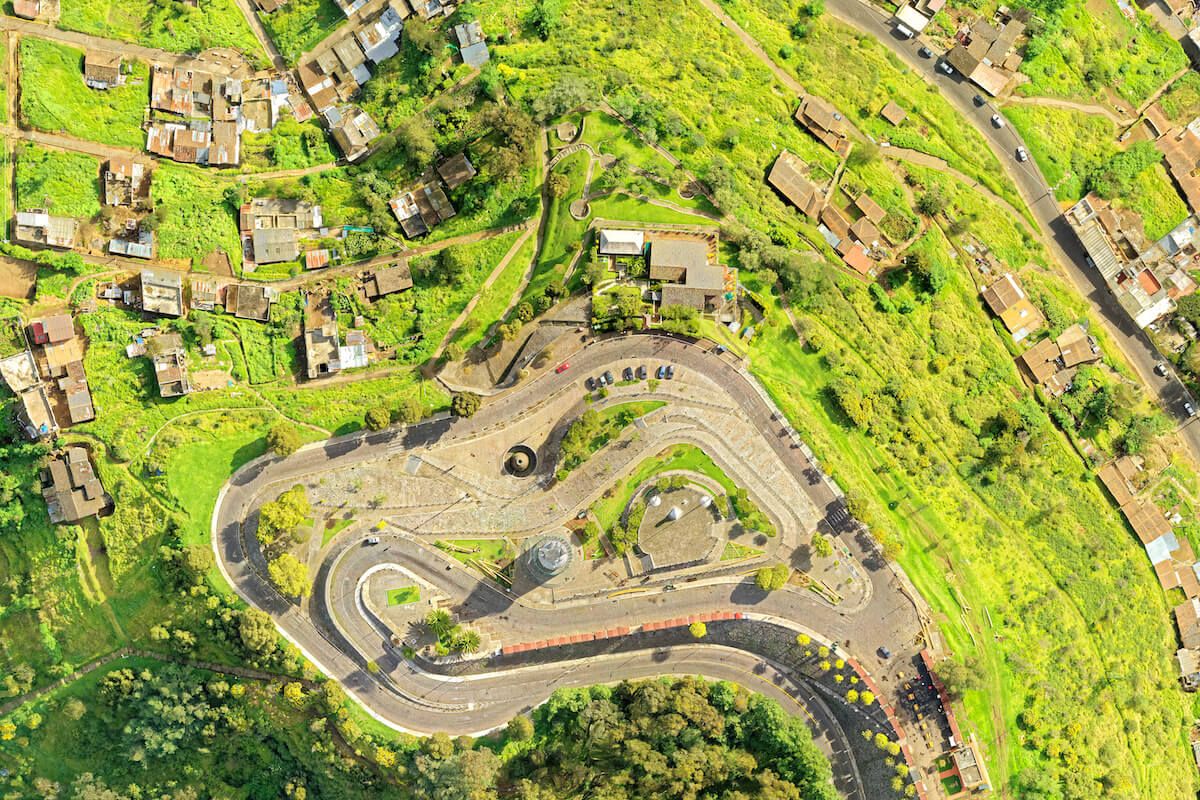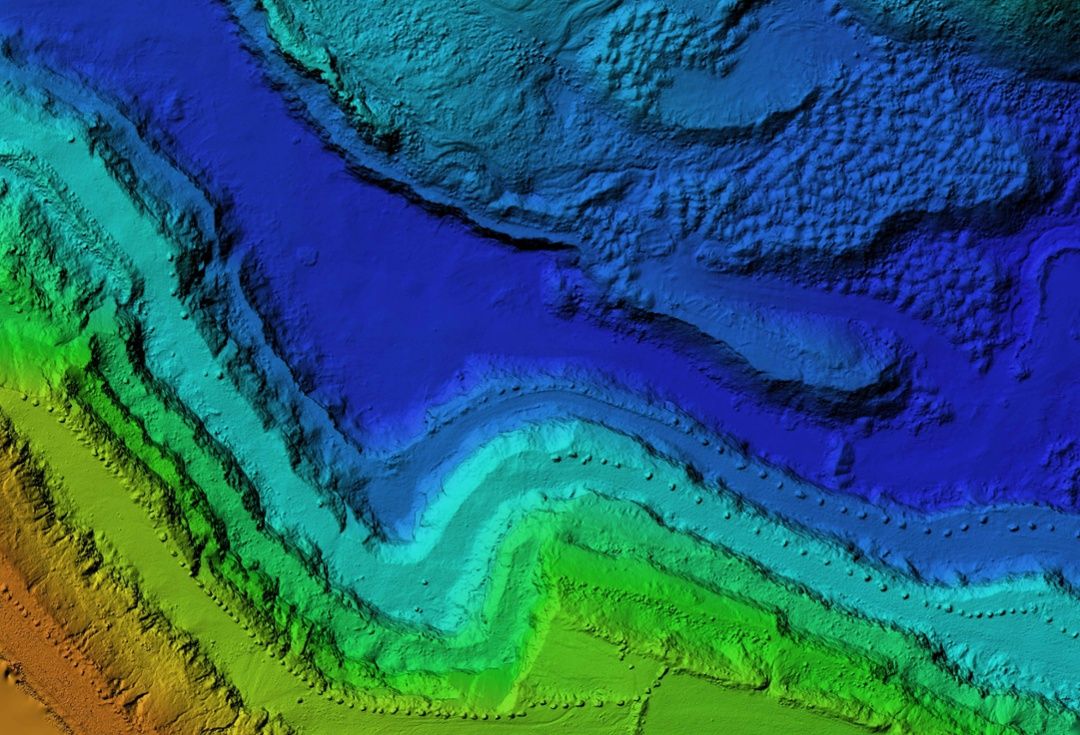The Aerial Perspective Blog
Getting a Remote Pilot License for Commercial Drone Operation

You can fly drones for recreational purposes without a remote pilot license, but to fly them for commercial purposes, you need to meet particular requirements.
To legally fly a commercial drone, regulations require that you are:
- At least 16 years old
- Able to read, speak, write, and understand English
- In a physical and mental condition to safely fly a drone
- FAA-certified as a Remote Pilot
In order to get your Remote Pilot certification from the FAA, you’ll need to pass the initial aeronautical knowledge test.
Once you hold this certification, you’ll be able to fly commercial drones — and get paid to do it. You’ll also be better prepared to operate flights in complex environments and utilize more complex technology, such as photogrammetry software.
In this blog post, we’ll give a brief overview of FAA requirements and point to some tutorials and materials that can help you study for your certification test.
Overview
The FAA has added a Part 107 to the Title 14 Code of Federal Regulations (14 CFR) that governs commercial remote pilot regulations. This provides the rules of operation, licensing, and other related regulations. You can also view more detailed aeronautical information manuals and additional materials.
It’s a good idea to go over these source materials directly, but we recommend a few video tutorials and easy-to-read handbooks to get you started and familiarize you with the concepts involved.
Please note that if you already have a private pilot’s license, you only have to take an online course to get a Remote Pilot certification — that’s because you’ve already had a more inclusive knowledge test and passed other procedures. You’ll still need to renew every two years.
Initial aeronautical knowledge test study guides and materials
To get your Remote Pilot Certificate, you’ll need to take a test of basic airspace rules and aeronautical concepts, which are important to understand if you’ll be flying drones, regardless of the test.
Here are some helpful study materials to help you prepare:
- Pilot’s Handbook of Aeronautical Knowledge – A comprehensive ebook published by the FAA. Not everything in it will be covered on the exam (it’s quite extensive), but as we said, it’s still important to have the knowledge. You can download the entire book as a PDF, or browse the different sections and download them as needed.
- Remote Pilot Small Unmanned Aircraft Systems Study Guide – An FAA study guide that hones in on the most important information to know for the certification exam.
- Tutorial videos by Pilot Training System – A free video tutorial series on YouTube that follows along with the material in the Pilot’s Handbook of Aeronautical Knowledge, focusing on the topics you need to know for the exam. If you’re interested in becoming a private aircraft pilot, the same channel offers a separate video course for that as well.
- Airman Certification Standards – An FAA document outlining the certification standards.
- Practice exam – To check your readiness, you can take a remote pilot license practice test and have your results emailed to you.
Signing up for the initial aeronautical knowledge test
After you’ve worked through the materials above, it’s time to sign up to take the test. Here’s a step-by-step breakdown of what the process looks like:
- Obtain an FAA Tracking Number (FTN) by creating an Integrated Airman Certification and Rating Application (IACRA) profile prior to registering for a knowledge test.
- Schedule an appointment with a testing center that administers initial and recurrent FAA knowledge exams. Be sure to bring a government-issued photo ID to your appointment.
Getting your certification
Once you’ve passed the initial knowledge exam, there are just a few steps left to complete:
- Complete FAA Form 8710-13 for a remote pilot certificate (FAA Airman Certificate and/or Rating Application) using the electronic IACRA system.
- Once you’re cleared with a TSA security background check, you’ll receive a confirmation email. This email will provide instructions for printing a copy of the temporary remote pilot certificate from IACRA.
- A permanent remote pilot certificate will be sent via mail once all other FAA-internal processing is complete. Be sure to keep your Remote Pilot Certificate with you whenever you fly your UAS. You must also pass a recurrent knowledge test every two years to renew your certification.
For more detailed information, please refer to relevant FAA materials on becoming a drone pilot and commercial operation certification.
Here at Mapware, many of us have been through the certification process and can help with all of these steps. If it would be useful for you to go over the material with us and other applicants, we’d love to help you form a study group! Just send us an email at info@mapware.com and let us know that you’re interested.

Join our mailing list to stay up to date on the latest releases, product features and industry trends.
Mapware needs the contact information you provide to us to contact you about our products and services. You may unsubscribe from these communications at any time. For information on how to unsubscribe, as well as our privacy practices and commitment to protecting your privacy, please review our Privacy Policy.


